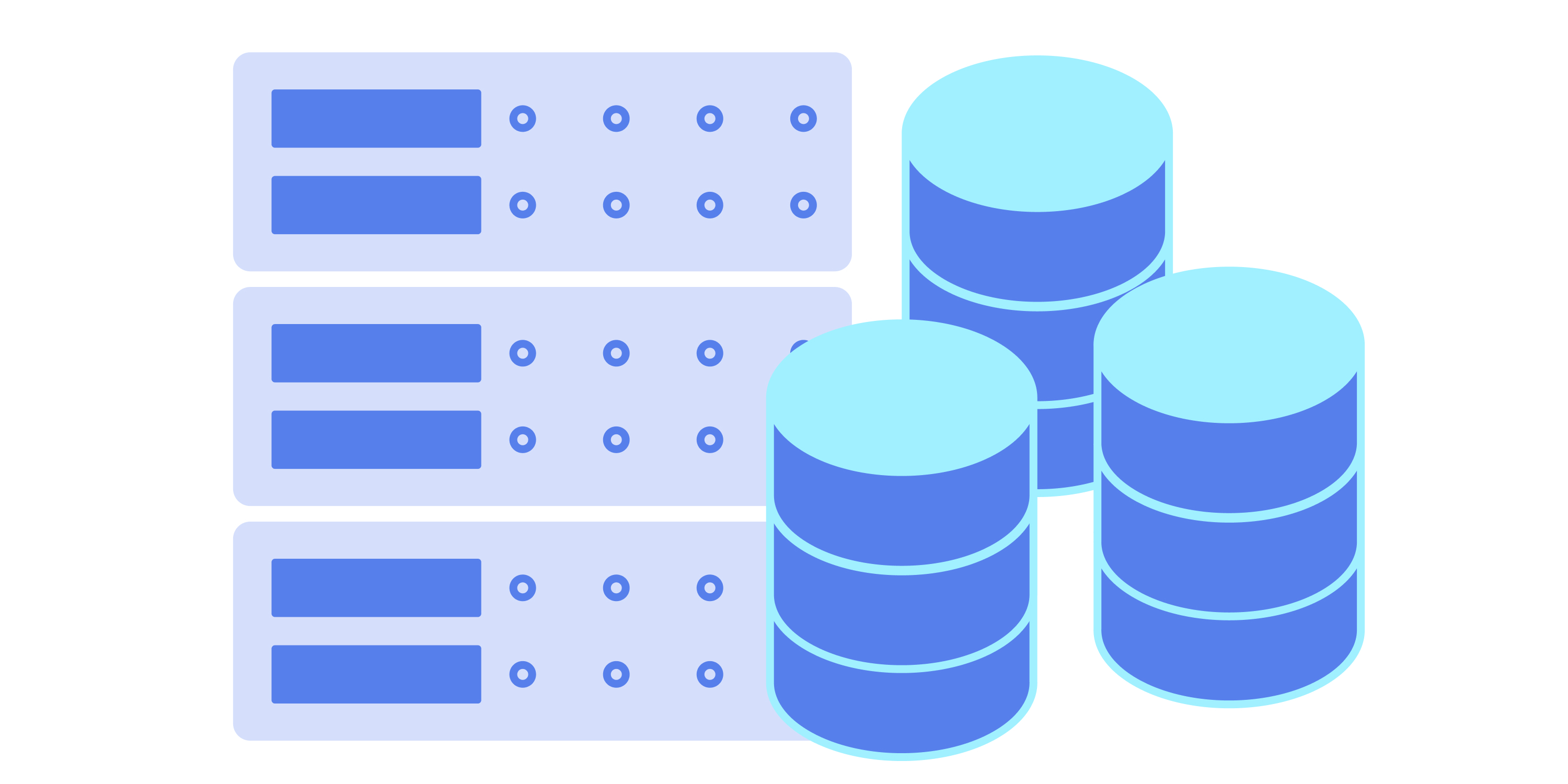Editor’s note: Emmett Burton is the Director of Sales for the Americas at Digital Asset.
Data is the lifeblood of financial networks. However, sourcing, managing, and sharing data creates costly challenges that also increase risk for everyone involved. In financial markets, this is heavily concentrated in post-trade, where counterparties and transaction data need to cross institutional and geographic boundaries quickly with absolute accuracy. This complexity is compounded when data must preserve required privacy and comply with regulatory requirements based on where it is physically held or stored.
Poor data governance increases risk and cost from failed settlements and unmanageable reconciliations. The lack of “golden records” accessible to each party of these workflows creates numerous reconciliations of security, pricing, and reference data across the asset lifecycle.

Let’s look more closely at this data problem in the context of stock exchanges, which create huge amounts of valuable data from trading operations that they sell and distribute to customers. However, legacy technology does not provide adequate transparency or control, so exchanges are forced to trust that their customers will self-report the data they are consuming or the amount of new licenses they need. Most data providers and clients work through data audits semi-annually to determine what was actually consumed, and then clients pay retroactively. Audits are part of the problem by adding costs and delaying the cash cycles of the business.
Digital Asset’s core technologies—Daml, a smart contract language, and Canton, a scalable, privacy-enabled blockchain—provide greater control for how customers access an exchange’s data and a mechanism for “metering” it more effectively. By doing so, exchanges eliminate data leakage—the root cause—and collect the revenue they are owed, which improves cash cycles while eliminating the costs associated with audits which directly benefits the firm’s profit margins.
Use case: ESG
Digital Asset is working with one of the world’s largest exchanges to improve data sharing on environmental, social, and corporate governance (ESG) metrics between debt issuers, investors, and third-party market participants. The exchange engaged DA to help build a network for:
-
Issuers to input and broadcast their ESG metrics (securities and issuer levels) to investors
-
Investors to upload their portfolios to the platform to assess their aggregate impact
-
Partnering with other exchanges to “white label” the platform and bring more global securities onto the network
Before creating the Daml-based network, the existing sustainable bonds service was hamstrung by manually intensive processes and could not meet growing demand, with volumes doubling every year since 2015. Data provided by issuers in Microsoft Excel files was not consistent, which made it difficult to provide value to investors.
The sustainable bond platform, which went into production in less than six months, has allowed the exchange to provide detailed information on bonds that bring environmental and social-economic benefits within the defined sustainable development goals. The platform standardizes the data model, helping identify data gaps while also improving disclosure and quality. The exchange has been able to create a trusted source and validation process that can be tapped into from other systems through messaging or APIs. Now, bond issuers can broadcast how their bonds conform to key criteria within sustainable development goals, and investors are able to gain valuable insights that help them with investment decisions, due diligence, and monitoring. Additionally, investors can share with issuers how much of their securities they hold, accelerating the flywheel effect and increasing platform adoption
By applying distributed ledger technology to the challenge, the exchange is eliminating the need for the costly audits, allowing their customers to reallocate audit funds towards more beneficial data and products.
Get in touch to learn how to build with the largest financial institutions and discover new markets for traditional assets.

 by Emmett Burton
April 5, 2023
by Emmett Burton
April 5, 2023
 by Emmett Burton
April 5, 2023
by Emmett Burton
April 5, 2023
 by Emmett Burton
April 5, 2023
by Emmett Burton
April 5, 2023